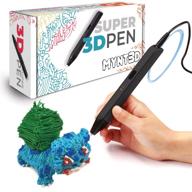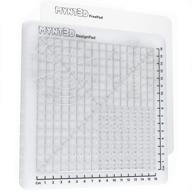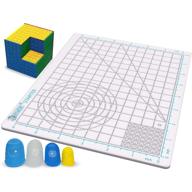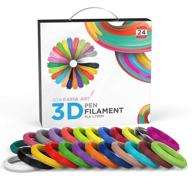
Review on 🖨️ Unleash Your Creations with the FlashForge Adventurer Lite FDM Printer by Samiran Pusarla

Great printer to be up and running quickly
Well, I have quite a lot of experience with 3D printers, but even I was amazed at how quickly I got the hang of it and started printing with FlashForge Adventurer 3 Lite . Typically with 3D printers, unless direct assembly is required, there is a long and tedious process of leveling the bed and calibrating everything. Some printers make this a bit easier with automatic or semi-automatic alignment, but even then it can take quite a while before you're actually ready to make your first print. With this printer, I literally took it out of the box, pulled out all the packaging materials, plugged it in, and printed a pattern from the printer's memory in about 10 minutes. And once the pattern was ready and I made sure it was of good quality, I printed my own work in less than 20 minutes afterwards. Just great. There are some downsides. The Lite version comes with a piece of filament, but it's not even on the spool. I used it to print a box of patterns by inserting the end into the feed tube and then monitoring it throughout the print to make sure it wasn't sticking to itself. However, I have a lot of other filaments on the spools, so it doesn't bother me too much. But that brings me to the biggest downside of this printer; use other coils. The machine is designed to fit the coil into the case which is great as it keeps things neat and tidy. BUT, the housing will NOT fit a standard size spool (about 8"D x 2-2.5"W). In fact, it only accepts spools less than 7"D and less than 1.25"W. FlashForge would probably be happy to sell you matching spools, but I already had my own supply of filament. My solution was to just buy a basic acrylic spool holder and put it next to the printer. Of course not as clean and tidy as if you could store the coil in the housing, but it can be serviced. Aside from that, the printer supports Wi-Fi and Ethernet, which is a nice touch (most other printers I've had). there was only an SD card or a USB stick), fully closed (which reduces noise a bit and makes printing ABS and other high-temperature materials a bit easier) and has a beautiful, informative and intuitive touch display. The FlashPrint/Slicer software is adequate and offers on-screen print control, although the G-code itself is stored in the printer's memory (so you don't have to keep the computer on). Presumably the Adventurer has a filament exit detection feature, although I haven't used it so I don't know how well or exactly it recovers. The printing platform is smaller, but it is sufficient for everything I have wanted to print so far. The bed heats up and the pressure plate is easy to remove, allowing you to get your piece out with little effort. And the grip has been excellent so far. No problems with slipping or sliding out of bed. I had some issues with the coasters turning them into a messy mess but they didn't negatively impact the print itself which is amazing. I'm glad I bought this printer as it happily prints what I need. A slightly larger bed would have been nice, but for hassle-free setup, the Adventurer couldn't be beat anywhere else, even at this price point.
- Satisfied so far
- I'll get back to you later
New products
Comments (0)
Top products in 🖨️ 3D Printers
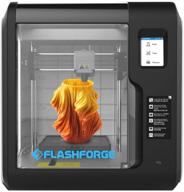
Flashforge Adventurer 3D Printer with Detachable Precision Leveling System

6 Review
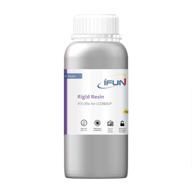
UV Curing Standard Photopolymer Printer by IFUN

5 Review

High-Precision And Stable Creality Ender 3 V2 3D Printer With New UI, Silent Mainboard, Effortless Filament Feed-In, XY-Axis Tensioner, Resume Printing, And Large Build Volume Of 220×220×250Mm

11 Review

🖨️ IFUN 3D Printing Liquid Resin: High-Quality Innovative Solution

5 Review


